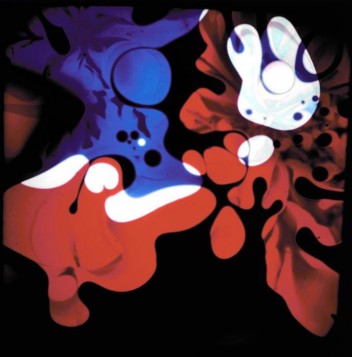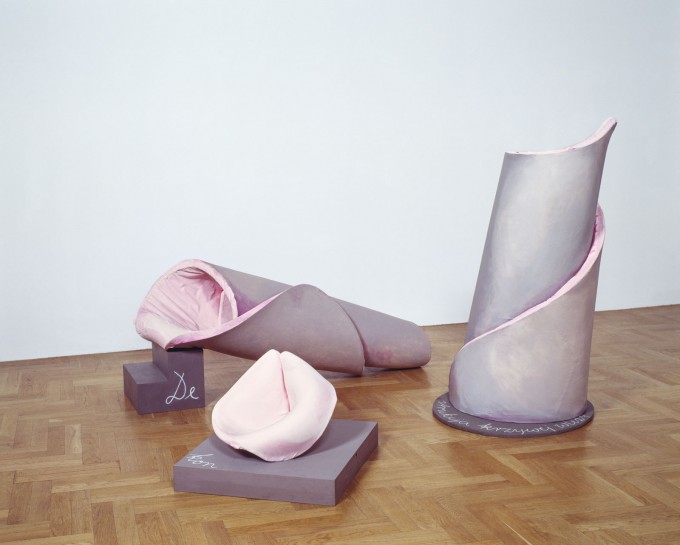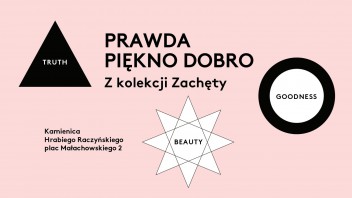Lorem ipsum dolor sit amet, consectetur adipisicing elit, sed do eiusmod tempor incididunt ut labore et dolore magna aliqua. Ut enim ad minim veniam, quis nostrud exercitation ullamco laboris nisi ut aliquip ex ea commodo consequat. Duis aute irure dolor in reprehenderit in voluptate velit esse cillum dolore eu fugiat nulla pariatur. Excepteur sint occaecat cupidatat non proident, sunt in culpa qui officia deserunt mollit anim id est laborum.
-
01.02 – 25.04.2021Sculpture in Search of a Place
The exhibition Sculpture in Search of a Place is yet another one in a series of cross-sectional thematic exhibitions at the Zachęta, devoted each year to a different artistic medium. It tackles the subject of the identity of Polish sculpture over the last sixty years — not so much as a chronology of artistic activity, but as a presentation of the phenomena and creative attitudes that have been essential for its development.
Zachęta – National Gallery of ArtZachęta -
 01.03 – 08.05.2011Three WomenMaria Pinińska-Bereś, Natalia Lach-Lachowicz, Ewa Partum
01.03 – 08.05.2011Three WomenMaria Pinińska-Bereś, Natalia Lach-Lachowicz, Ewa PartumThe subject of the exhibition is the work of three female artists, pioneers of Polish women’s art: Ewa Partum, Natalia Lach-Lachowicz and Maria Pinińska-Bereś, who died in 1999. From the 1970s onwards, they have been linked by a similar quest in which a clear feminist intuition or an identification with feminism is perceptible. Despite this, however, this will be the first time when their works are set alongside one another in such a configuration.
Zachęta National Gallery of ArtZachęta -
 16.09 – 11.11.2008Revolutions 1968
16.09 – 11.11.2008Revolutions 1968The year 1968 is a time of the culmination of a great number of wildly different political and social tensions. Protests, unrest and demonstrations took place all over the world, from Mexico and the U.S.A., through Germany, France, Poland and Czechoslovakia to as far as Japan (without neglecting Latin America). The exhibition Revolutions 1968 does not present the art of those times. It is rather an attempt to portray this period through art (although not just through art) from different perspectives: historical and documentary, or through interpretations and re-interpretations of social problems and cultural phenomena characteristic of this turbulent time.
Zachęta National Gallery of ArtZachęta


